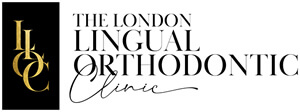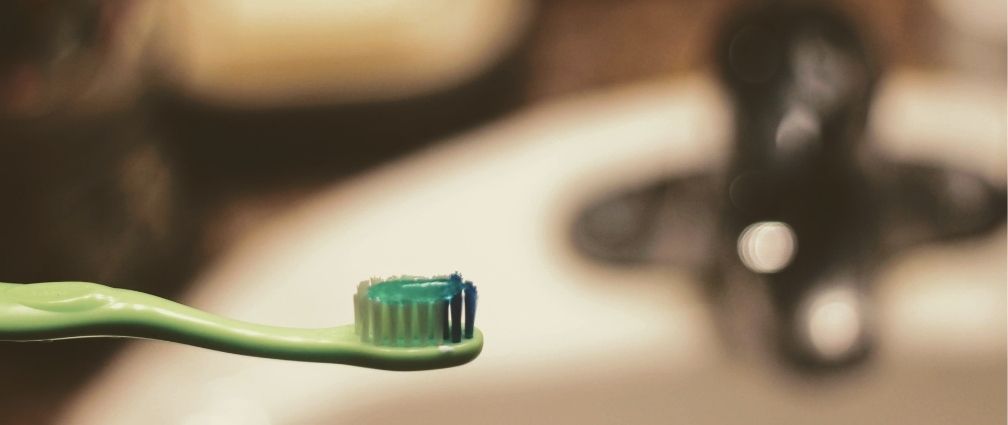Yana Mooney, our hygienist here at the London Lingual Orthodontic Clinic, explains tooth erosion and why it is a growing problem.
What is tooth erosion?
The most discussed problems relating to the health of our mouth and teeth are often dental decay and gum disease. While there are solutions to both issues (fillings and careful brushing/flossing), the dangers with erosion are that it is a more intractable issue, and patients are often less aware of the risks.
Erosion is a type of tooth wear caused by chronic exposure to acid. It is diagnosed through a variety of signs, including teeth becoming shorter, worn down, discoloured and sensitive.
Teeth affected by erosion are weaker and more prone to attrition (tooth to tooth wear) and even abrasion caused by vigorous tooth brushing.
Why?
Enamel is made up of inorganic calcium hydroxyapatite crystal which becomes weakened when exposed to acid. Calcium is released from the crystal structure and substituted by other weakly attached minerals. The reformed hydroxyapatite crystal is more susceptible to acid, creating a weak and softened enamel structure, which is vulnerable to physical wear.
When?
The acid causing tooth erosion can be generated intrinsically by stomach acid, or extrinsically through an acidic diet.
Intrinsic acids
Patients who have gastric problems or an eating disorder may be prone to tooth erosion from intrinsic acid exposure. Pregnancy may also cause regular nausea or spontaneous vomiting, contributing to acid wear over time.
Extrinsic acids
Modern lifestyles encourage the consumption of healthy foods and drinks that are often high in acid, for example; citrus fruits, vegetables, yoghurts, fresh juices, smoothies and herbal teas.
A number of other drinks, such as wines, carbonated drinks, and fruit juices are also proven to cause tooth erosion.
Other effervescing medicines like Vitamin C and dispersible aspirin can also be acidic and some medications can have side effects, such as dry mouth or nausea.
Yana says: “If I am worried about a patient, I will ask them to write a diet diary for a few days so that I am able to get an insight into what they are eating and drinking. Once I understand what might be the source of the problem, I can provide advice.”

Yana’s top tips:
- Try not to graze on acidic foods or drinks in between meals as the pH of the mouth will be routinely lowered, which increases the risk of further tooth erosion.
- Avoid drinking acidic drinks at nighttime as saliva flow is reduced and acid contact may be most damaging to teeth.
- Check any diet drinks – they may not always be a healthy alternative to full-sugar drinks as they are often more carbonated for taste value and therefore have greater erosive potential.
- Use a straw when drinking carbonated drinks, rather than sipping the liquid, to minimise acid exposure on the teeth.
- Chew gum after eating or drinking to stimulate saliva, which can neutralise the action of acidic foods and drinks on the teeth.
- Do not brush your teeth immediately after consuming acidic foods or drinks or after an episode of acid reflux as the erosive action may be magnified by rubbing the acid on the softened dental surface.
How to avoid erosion
Oral hygiene is always important but patients who are suffering from erosion may need to take extra care.
Patients who may be at risk of tooth erosion should use a medium to a soft manual toothbrush with a gentle brushing motion. Some patients may prefer to use an electric toothbrush but should avoid a scrubbing technique by gently placing the rotating or vibrating head on the tooth surface for 2 seconds. Some electric toothbrushes have warning devices to alert patients when they are pushing too hard.
Strengthening teeth against acid erosion can be achieved by using fluoride. Receiving daily fluoride through a fluoride toothpaste and mouth rinse is the best method for protecting the teeth against acid erosion.
You should spit out the fluoride toothpaste and not rinse with water after brushing to allow a fluoride residue to remain on the tooth surface. Regular use of a fluoride mouth rinse during the day can help re-mineralise the tooth surface.
Which toothpaste?
Toothpaste should contain 1450 parts per million fluorides as standard and may be presented as ‘Sodium Fluoride (NaF) (1450 ppm F-)’ or ‘Sodium Monofluorophosphate 1.1% w/w (1450ppm F-)’ on the ingredient list.
In 2009, an evaluation of different fluoridated toothpaste found that all toothpaste containing sodium fluoride had the ability to reharden enamel previously softened with an erosive challenge and that in particular, ‘Sensodyne Pronamel’ and ‘Sensodyne Pronamel Gentle Whitening’ offered superior anti-erosion effects to that of other commercially available fluoride toothpaste.
If you are considered at high risk of erosion or exhibit dentine exposure you may benefit from a toothpaste that is less abrasive and delivers fluoride.
Yana concludes: “Not only is tooth erosion irreversible, but it’s also increasing. I hope that all patients at LLOC who might be particularly vulnerable to tooth erosion will take the advice in this blog and feel free to discuss any queries or concerns with me at your next appointment.”
Yana qualified in July 2011 from Eastman Dental Hospital School of Hygiene with a Diploma in Dental Hygiene, awarded by The Royal College of Surgeons England. We are extremely proud to have Yana as one of the team at the London Lingual Orthodontic Clinic, London.















